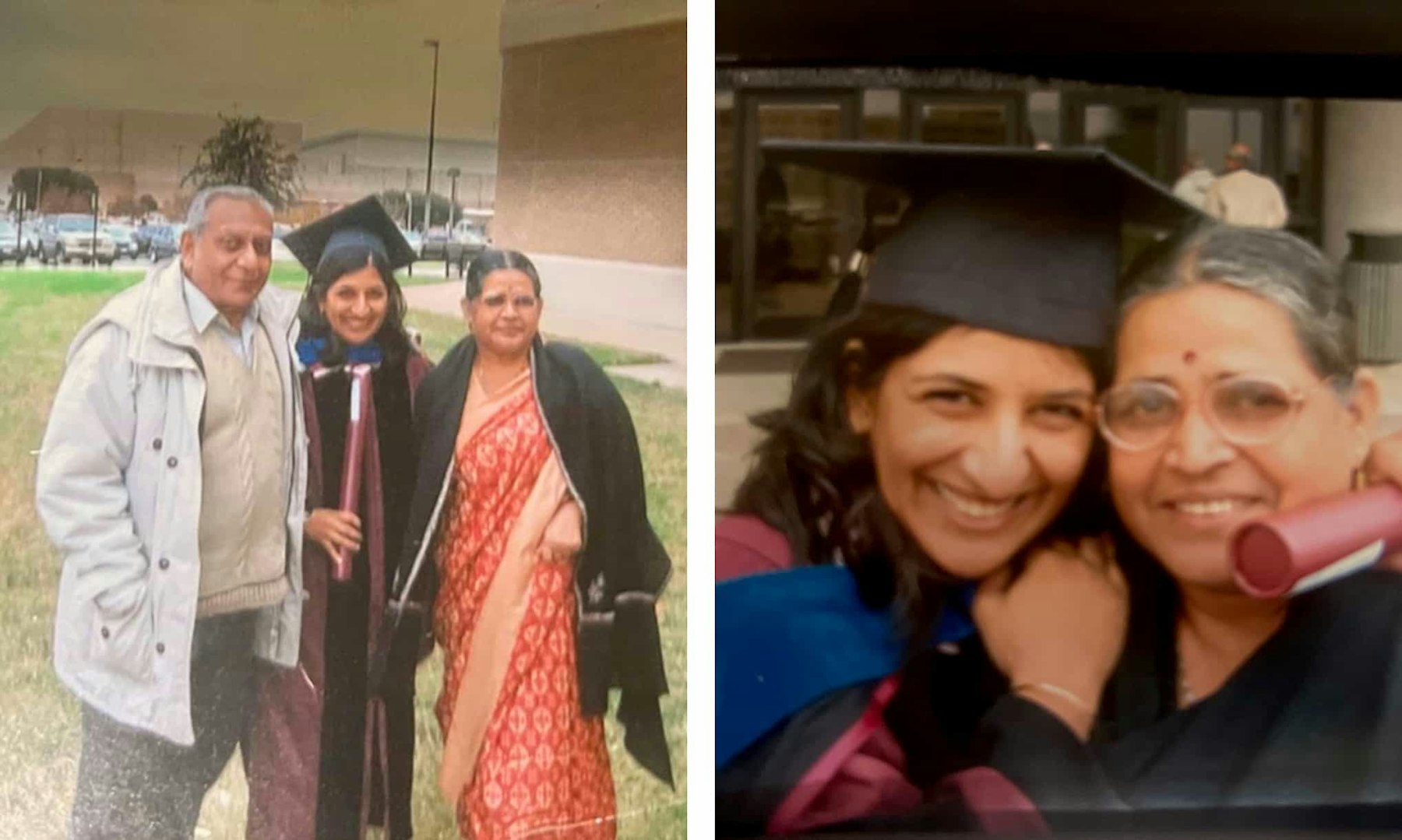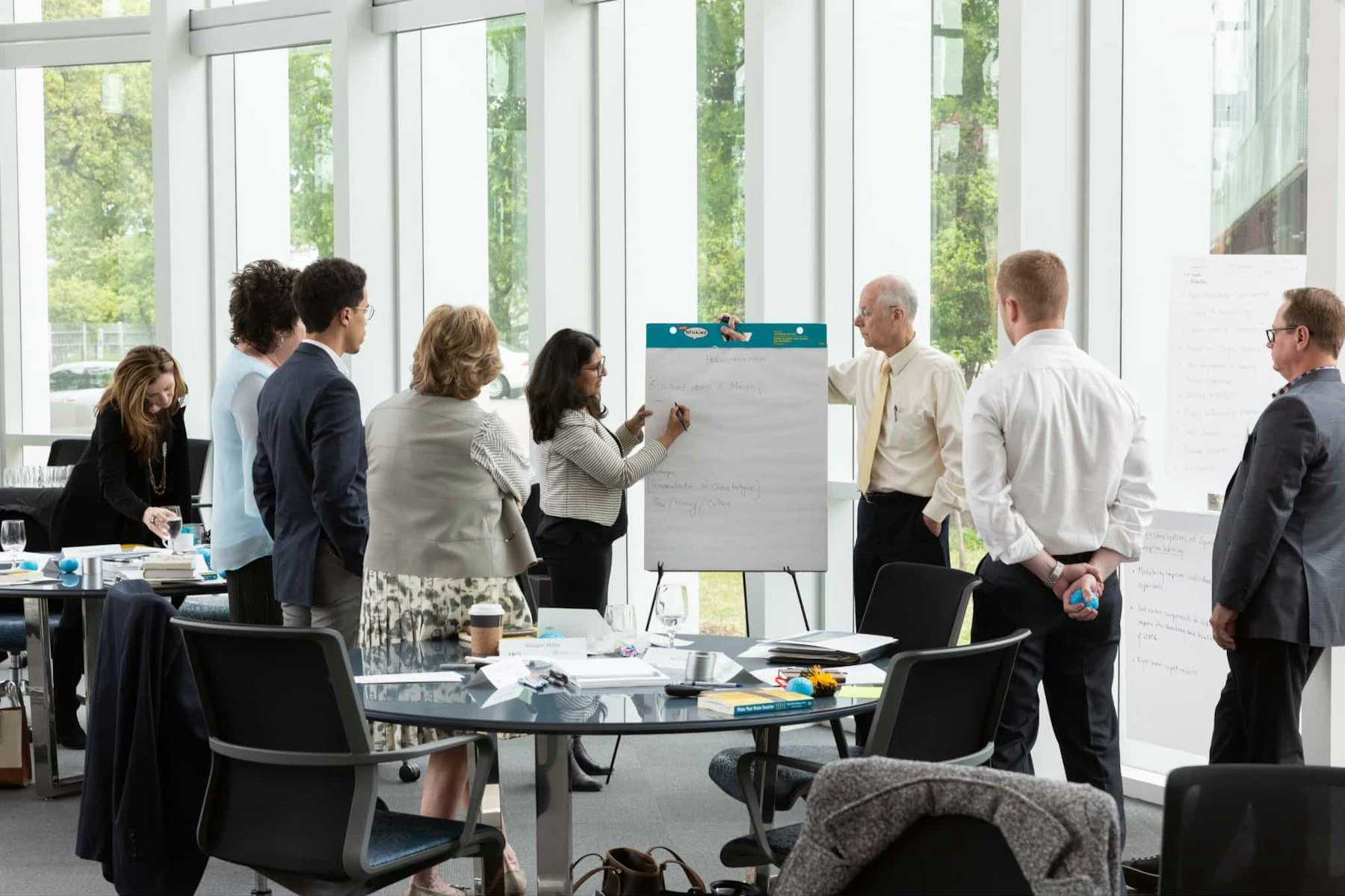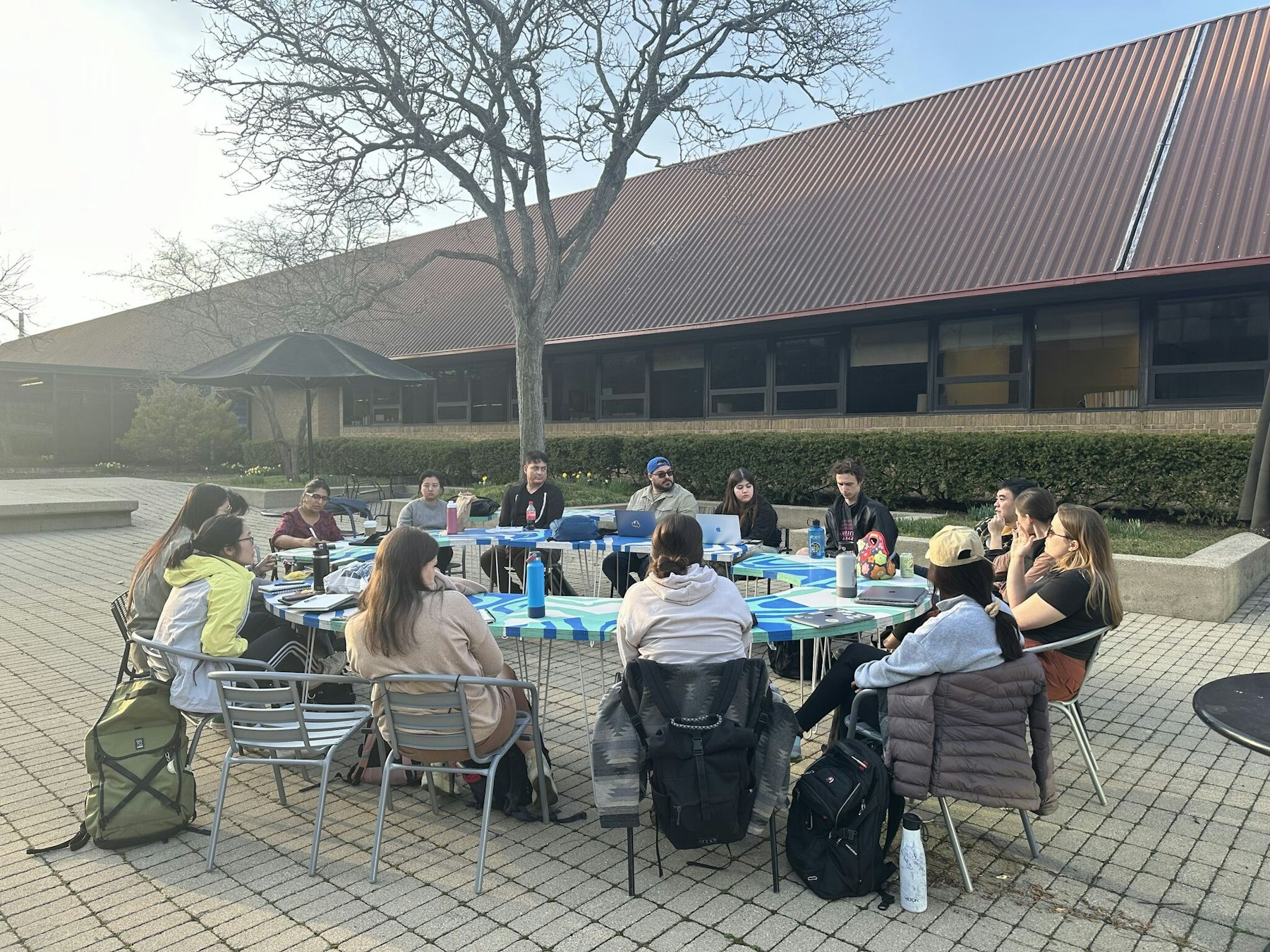Healthcare is one of the most complex design challenges that exists. Hospitals include complex machinery, processes, and procedures along with complex emotions. From emergency medicine to inpatient stays, intensive care to diagnostics and surgical procedures, a typical healthcare facility must be designed to meet a wide range of needs on behalf of patients, families, providers, and all ancillary staff. Beyond the hospital, healthcare facilities include clinics, urgent care facilities, rehab facilities, diagnostics, and so many others. Our cities are full of healthcare facilities.
But are our cities full of health? And are they places of care? Or are they just full of facilities?
The answer to the first two prompts, at this moment in time, and in my very personal opinion, is “no.” I would argue that we, in the profession of place-making, have not taken care on as our core mandate, even working side by side with the providers, caregivers, and communities. I would further argue that the reason we have not taken up that mandate is because we have wasted too much time in parallel conversations such that advances in academic research and creative practice fail to reach the core AEC industry and industry does not sufficiently influence academic research and creative practice. We have been complacent in gaining relevance within our own domains, rather than taking the time making our domain relevant to the world.
2025 marks two decades since I received my PhD. It has been two decades since I was on my way to academia to become a professor armed with a passion for research on sensory design, crossmodal sensory perception, the intersection of neuroscience and architecture, and a deep belief that new frontiers in design could be unlocked by insights on how humans perceive and respond to the built environment.
When I began on that path, I would never have anticipated a career in practice. My dreams were purely academic. I wanted to introduce Psychology 101 courses in architecture schools, continue the work started on my thesis (and subsequent book) on Sensthetics, and work with students to think beyond the aesthetics of appearance to the Sensthetics of experience. I had received a certification in health systems and design, not because I was interested in building hospitals but because I was fascinated by the built environment being an instrument of health. The field of evidence-based design was rising at the time, and the idea that something small like a view of nature, exposure to art and music, how we laid out spaces, or how we made way for light in our design, could have direct, measurable impacts on our health–was fascinating to me. Health–BY design–felt like a goal that could only be achieved through a deep understanding of what makes us human and how our buildings could be more than a container for our lives, how they could be active partners to help shape better lives.

[Fig. 1] Nanda after graduation with her mother Alka and her father Jarnathan.

[Fig. 2] Nanda leading teams of researchers and architects as the EVP of HKS, inc.
Fast forward 20 years, through a zig-zag that life often is, and I am now an EVP at HKS, one of the largest architecture firms in the country, where I now lead innovation for the firm, after spending a decade leading research and development. This followed a career of being research director for an art firm and working for the Center for Health Design, linking design to outcomes. Somewhere along the line, rather than being an architect of buildings, or educator of architects, I became an architect of ideas that manifest in impact through and beyond the built environment. And, almost without realizing it, my mission became making the impact of the built environment evident to the world outside of architecture and urban planning, and building the bridges that we needed between disciplines, between industries, and, most importantly, between academia and the wider world.
Today, I am on my 4th year bridging academia and practice at Taubman College. I have realized this “pracademic” view of the world is my proverbial Goldilocks bed–it feels just right.
It feels so right firstly because my knowledge of practice constraints has given me a greater respect, and sense of urgency, to protect academic freedom. Students have to see the real world, they have to respect the real constraints in it, and they have to find the courage to bust through them. As a pracademic, I love being able to showcase reality not as a limitation, but as an opportunity. This way, when they step into the real world, be it in practice or academia, students have a sense of agency founded on a sense of respect for all perspectives and disciplines. They will not have the disillusionment we so often celebrate in our profession, or the visage of the misunderstood architect crusading against the world.
Busting disciplinary arrogance is the second reason why it feels so right. An impact-focused lens makes short work of working in silos: Who has the time? My very first grant in the college was with the school of medicine and the school of public health on the topic of decision design, which is about making the healthy choice the easy one, by design. Students from public health, architecture, and medicine worked together towards a health goal–a collaborative project that is an incredible affordance that a university like UM provides. In the HealthByDesign course we have had students from social work, informatics, SEAS, public health, and many other disciplines. And every class that we have worked through a health challenge with has been enriched by perspectives that come outside of architectural theory and discourse.

[Fig. 3] Nanda teaching her Health by Design course for students at the University of Michigan.
Early on, I taught a class where I asked students to observe, simply as a human instrument, how people interact with each other and with their environments and then think about how design could help. Some engineering/tech focused students were very uncomfortable. One student even said “we cannot solve social problems by design– this isn’t the training we paid for.” Ouch. That day I realized a huge blindspot in my thinking–assuming that everyone in our profession sees themselves as an active contributor to change and sees that their “product,”–be it an installation or a master plan–is part of a system that will actively help, or hinder, meaningful change.
The daily exposure that I have to such conversations–be it with tough clients or think tanks or federal agencies or simply other people in the firm–makes me a perennial student who can share her learnings real time with both faculty and students in academia. I have learned that positioning ourselves as architects of change is something that can only happen when we focus on the change itself, not just the architecture. And that means letting go of much of the ego we often wear as a protective cloak in our profession.
Finally, and most importantly, a pracademic perspective to designing for health requires being constantly committed to linking design to outcomes, across the design continuum. Every design decision, no matter at what scale, is an intent. And an intent is a hypothesis–a belief that our designs “do” something. There is an impact–human, fiscal, environmental–to our designs. It isn’t always a “direct” impact. It is usually a part of a system–alongside the design of process, policy, information, technology, and so much more. But if we do not know how “our” piece of the puzzle–the design of the neighborhood, the façade, the interior, a chair, all of it– contributes to the big picture, we will always think big and be value-engineered into acting small.
The ability to arm students with the language of what design can do, an understanding of what partners a design collective must have (way beyond the built environment), and awareness of a community they can lean on, is perhaps the most meaningful contribution I can make.
It seems unfashionable to be optimistic today. To see hope when so much around us is broken or actively breaking. But I remain an unapologetically optimistic pracademic.